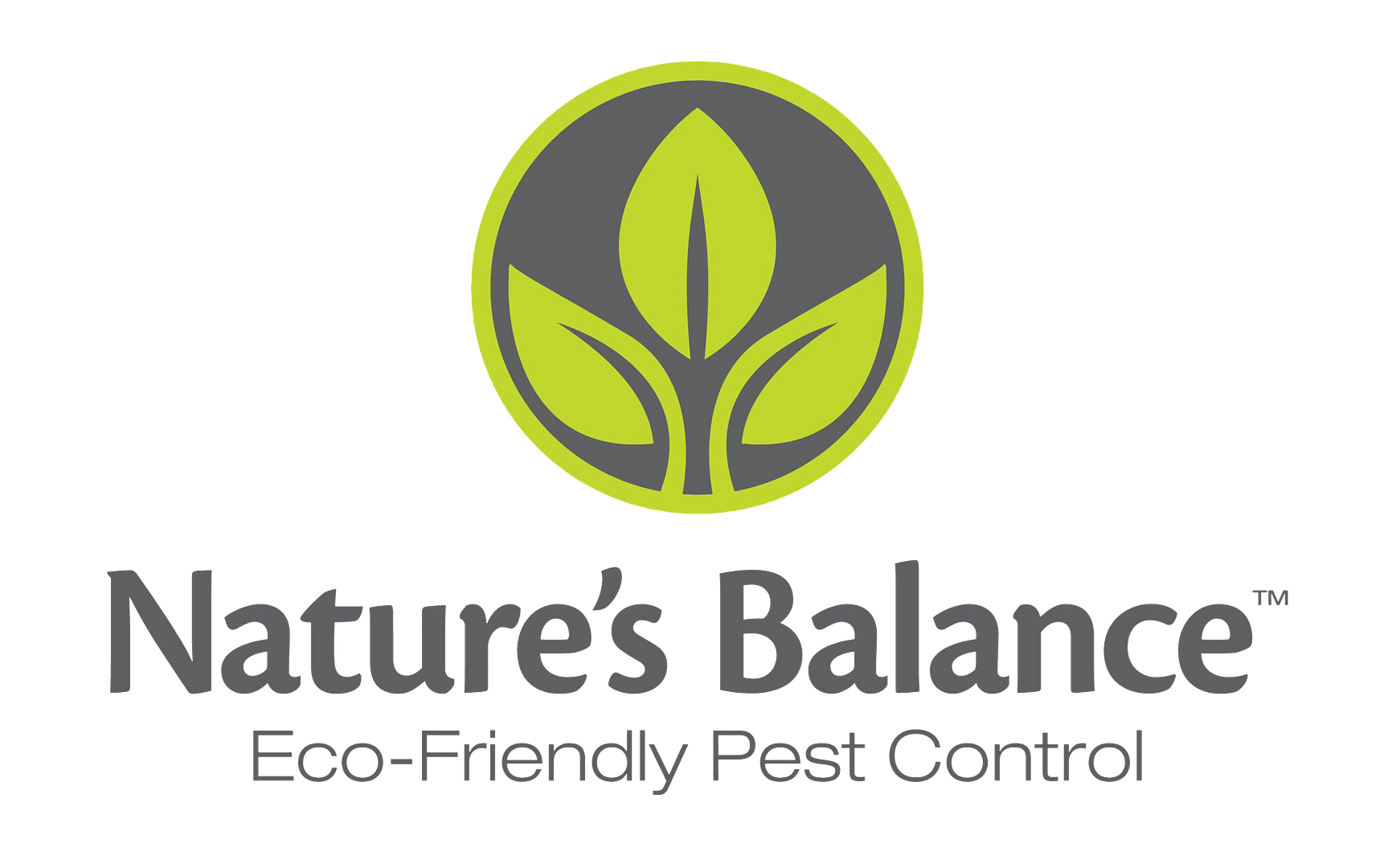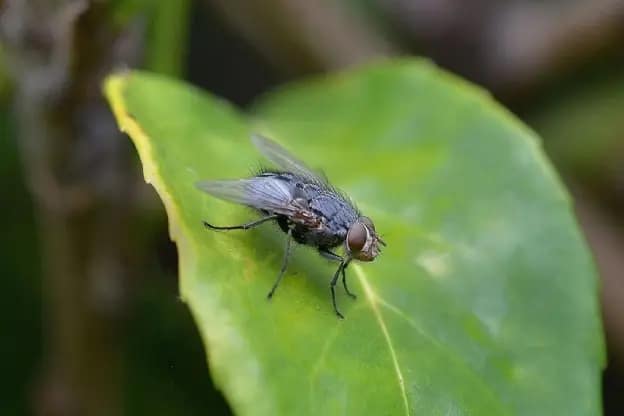With Utah’s hot summers, residents are generally used to dealing with house flies throughout July and August. However, the cooler winter months bring different challenges as cluster flies are more likely to be found inside homes seeking warmth and shelter.
What is a Cluster Fly?
There are a few easy ways to tell a cluster fly from a house fly. Adult cluster flies are larger than house flies and gray-colored with short golden hairs on their thorax and black markings or checks on the abdomen. While the wings of house flies stay separate when they’re at rest, cluster flies’ overlap. These insects also fly more slowly than a house fly and can be easily swatted.
The biggest sign that you’re dealing with cluster flies, however, is if they “cluster” or gather in large groups within your home, often on windows, windowsills, and walls. The scientific name for the most common species is Pollenia rudis.
Understanding the Cluster Fly Life Cycle
To effectively implement fly control, it’s helpful to understand their life cycle. Adult cluster flies lay their eggs in soil near earthworm burrows in late spring and early summer. The larvae are parasitic on earthworms, which is why these flies are often found around properties with healthy soil and gardens. Unlike house flies, cluster flies don’t breed in decaying organic matter or garbage.
Seasonal Behavior Patterns
Cluster flies generally live outdoors during warmer months, but the cooler winter months lead them to seek out warmth on the sunny side of homes. These insects are attracted to warm, south- and west-facing walls and may head inside through any cracks or gaps in windows, doors, and siding.
You’re most likely to see cluster flies in the fall when they’re searching for a place to overwinter in wall voids and attic spaces, and again in early spring during warm days when they begin emerging due to rising temperatures.
Cluster flies are not dangerous to humans, do not bite, and do not result in structural damage to property. However, they can leave behind stains on walls from excrement. The primary reason homeowners want to get rid of cluster flies is the frustration and annoyance that comes from dealing with large numbers of these flies indoors.
How to Prevent Cluster Flies From Infesting Your Home
The most important step in fly control is to eliminate their entry points. Carefully inspect your home for cracks or gaps around windows, doors, vents, chimneys, and pipes, paying particular attention to the sunnier west and south facing sides of your home. Thoroughly seal any gaps with silicone caulk and ensure any damaged screens or doors are promptly replaced.
You can also work with a professional pest control company to perform a preventative treatment. This generally occurs in early autumn, before the insects start to congregate, and will keep cluster flies out of your home during the winter months.
Eco-Friendly Pest Control in Northern Utah
Whether you’re dealing with cluster flies or any other type of insect or rodent, Nature’s Balance can help. Our professional pest control technicians have extensive experience helping residential and commercial customers remove a wide variety of pests from their premises, and we take pride in providing each of our clients with fast, friendly, and effective fly control services.
Nature’s Balance serves all of Summit, Wasatch, Salt Lake, and Utah counties, and specializes in providing eco-friendly treatments that are safe for the environment, kids, and pets. Contact us today to learn more or request a free quote.


